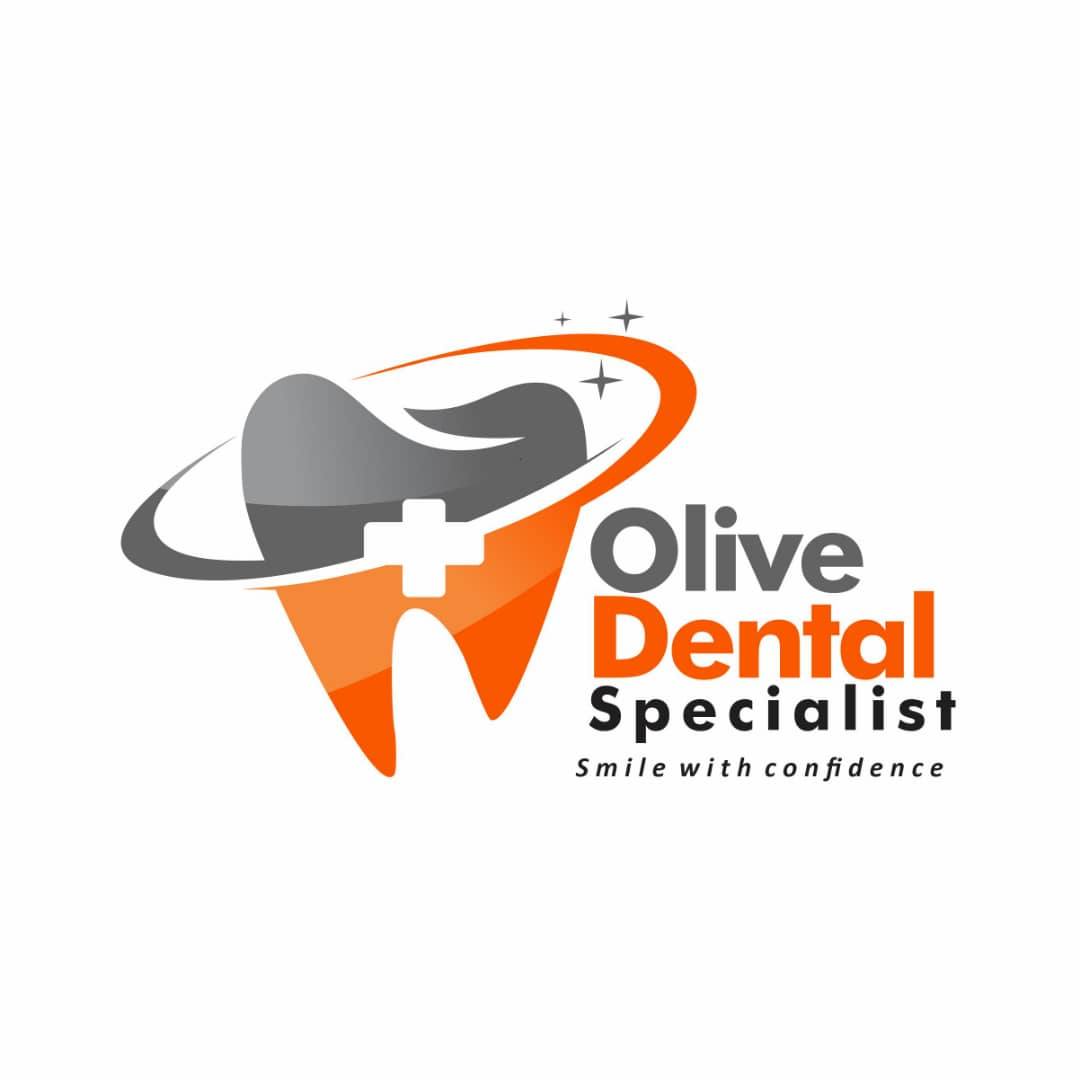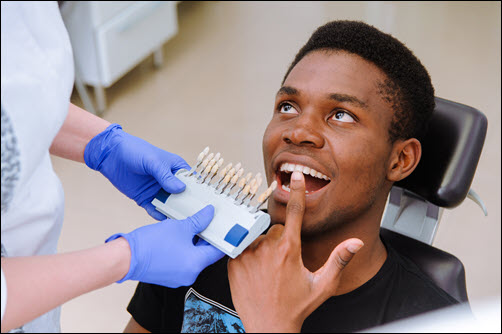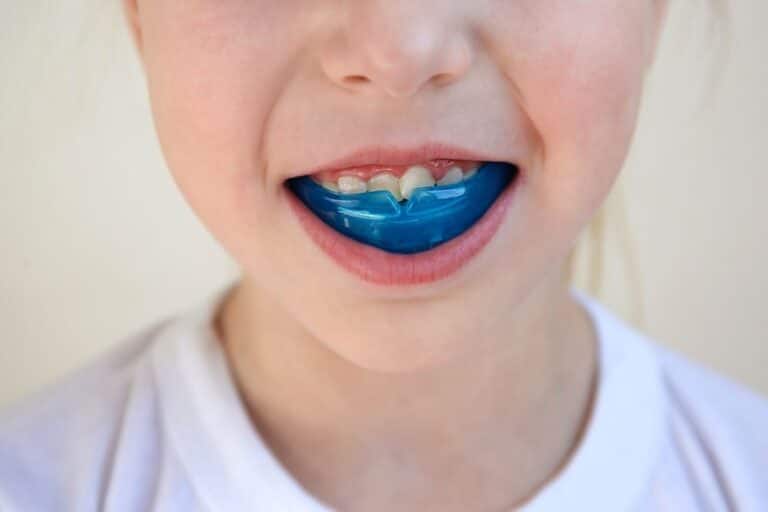Tooth enamel may be the strongest substance in the human body, but in children, it’s surprisingly vulnerable. Despite its toughness, enamel doesn’t regenerate. Once damaged, it cannot grow back — making it crucial for parents to take preventive steps early on.
In this blog post, we explore the causes of enamel erosion in children, its signs and symptoms, and, most importantly, how you can prevent it effectively. At Olive Dental Clinic, we are dedicated to providing comprehensive dental solutions that support and enhance both oral health and lasting confidence — beginning in childhood.
Let’s dive deep into how to protect that all-important enamel shield and give your child a brighter, healthier smile for life.
Understanding Tooth Enamel: Why It Matters
Tooth enamel is the thin outer layer of the tooth. Though only about 2.5 mm thick, it’s composed of over 95% minerals — mainly calcium and phosphate — making it harder than bone. Its primary role is to act as a shield, protecting teeth from decay, temperature sensitivity, and wear.
But unlike other tissues in the body, tooth enamel doesn’t regenerate. That means once it’s lost, it’s gone forever. This makes enamel protection in children — whose enamel is not yet fully matured — even more essential.
Causes of Enamel Erosion in Children
To prevent enamel erosion, it’s crucial to understand its root causes. While some are lifestyle-related, others stem from early developmental factors. Below are the most common causes:
1. Frequent Exposure to Sugary and Acidic Foods
Sweets, packaged fruit juices, soft drinks, candy, flavored milk, and processed snacks are acidic or sugar-laden — feeding bacteria that produce enamel-eroding acids.
2. Poor Oral Hygiene
Without regular brushing and flossing, food particles and bacteria combine with saliva to form plaque, which gradually breaks down enamel.
3. Inadequate Nutrition in Early Childhood
Children who don’t get enough calcium, vitamin D, or phosphorous through their diets may develop weak enamel structures.
4. Prenatal and Neonatal Factors
Poor maternal oral health during pregnancy, premature birth, or exposure to certain medications in utero can all affect the development of a child’s enamel.
5. Medical Conditions or Early Illness
Conditions like acid reflux, pneumonia in infancy, and even some medications can alter the pH levels in the mouth or reduce enamel resilience.
6. Trauma to Teeth
Accidental injuries during childhood play or sports can crack or chip the enamel, making it easier for bacteria to attack.
Signs and Symptoms of Enamel Erosion in Kids
Enamel erosion often begins silently. Parents need to watch for subtle and visible signs to catch it early:
- Discoloration: Teeth may appear dull, yellowish, or brown due to exposed dentin underneath thinning enamel.
- White Spots: These could be early signs of mineral loss.
- Tooth Sensitivity: Pain or discomfort when consuming hot, cold, or sweet foods.
- Rough Edges or Chipping: Damaged enamel can cause jagged tooth edges.
- Cavities: One of the more advanced consequences of enamel erosion.
- Pain During Brushing or Eating: This may indicate enamel weakening or an exposed nerve.
A dentist will typically diagnose enamel erosion through a combination of visual inspection, X-rays, and a review of the child’s medical and oral history — often including the mother’s dental history during pregnancy.
How to Prevent Enamel Erosion in Children
Enamel erosion is preventable with the right care and attention — and it’s never too early to start. Below are several effective strategies to safeguard your child’s enamel:
1. Establish a Solid Oral Hygiene Routine Early
- Begin before teeth erupt by wiping the baby’s gums with a soft cloth.
- Once teeth appear, brush gently twice a day using a soft-bristled toothbrush.
- For children under 3 years, use a rice-sized smear of fluoride toothpaste.
- For kids 3 to 6 years, use a pea-sized amount.
- Supervise brushing until your child can properly rinse and spit on their own.
2. Floss Daily
Start flossing when two teeth begin to touch. Flossing removes plaque from between teeth and below the gumline — where toothbrushes can’t reach.
3. Encourage a Balanced, Tooth-Friendly Diet
Diet has a direct impact on enamel health.
- Prioritize foods rich in calcium, vitamin D, and phosphorous, such as dairy, leafy greens, eggs, and fortified cereals.
- Offer crunchy fruits and vegetables like apples and carrots that stimulate saliva production and naturally cleanse teeth.
- Avoid sticky candies, acidic juices, and carbonated drinks.
4. Limit Snacking and Sugary Drinks
Frequent snacking creates a constant acidic environment in the mouth. Encourage water over fruit juices or soda, and limit snacks to scheduled times.
5. Regular Dental Checkups
Professional cleanings and exams allow your dentist to monitor enamel health, identify early signs of erosion, and apply preventive treatments like fluoride varnishes or sealants if needed.
6. Protect Teeth During Sports or Play
Custom mouthguards can help prevent trauma that leads to enamel damage during contact sports or rough play.
7. Care During Pregnancy
Prevention begins even before birth. Expectant mothers should:
- Maintain excellent oral hygiene.
- Eat a nutrient-rich diet.
- Avoid medications not prescribed by a doctor.
- Attend routine dental checkups.
This helps ensure a healthy oral environment for the developing baby and reduces the risk of weak enamel after birth.
Treatment Options for Tooth Enamel Erosion
If enamel erosion has already begun, early intervention can prevent further damage. Treatments vary based on severity and the child’s age:
1. Fluoride Treatment
Fluoride strengthens weakened enamel and reduces sensitivity. Your child’s dentist may recommend professional fluoride varnish or gel applications.
2. Dental Bonding
For minor damage, bonding with composite resin can cover exposed areas, reduce sensitivity, and improve appearance.
3. Steel Crowns
For more severe decay or erosion in baby teeth, stainless steel crowns are often used to protect the tooth until it naturally falls out.
4. Tooth-Colored Fillings
To repair decayed areas, direct restorations using materials like composite resin are often completed in one visit.
5. Indirect Restorations
For larger or more complex cases, indirect restorations like crowns, onlays, or veneers may be used. These often require two or more visits and are common for permanent teeth.
Each treatment should be guided by a qualified pediatric dentist who can assess your child’s individual needs and design a care plan tailored for them.
Final Thoughts
Enamel erosion in children is a growing concern — but the good news is that it’s largely preventable with proper care, early detection, and a proactive approach.
From diet and hygiene to regular dental visits and protective habits, every step taken today plays a major role in securing your child’s oral health tomorrow.
At Olive Dental Clinic, we remain committed to delivering comprehensive dental solutions that not only improve oral health but build confidence in children from an early age. Whether you’re an expectant parent or raising an energetic toddler, we’re here to guide you every step of the way.
Don’t wait for damage to happen. Begin protecting your child’s enamel today.
If you notice signs of enamel wear or have questions about your child’s dental care, schedule an appointment with our pediatric dentistry team. Let’s ensure their smiles stay strong and healthy for years to come.



